My first year of shooting film Part 4
My fourth post on this website (read Part 3 here), my third film camera… I guess I can be a bit impatient. I started my adventure in film photography with a Minolta Hi-Matic II (post here), just to see if I would like film. After three rolls with the Minolta I decided that I wanted a camera with a clearer viewfinder, so I exchanged the Minolta for an Olympus 35-SP (with broken light meter). But, even before waiting for the results I bought a Leica M2.
Ok, I will explain a little bit. When exchanging the Minolta I found a very nice Canon P in the store, which felt very good in my hands. However, it was a lot more expensive then the Minolta, so I was deliberating for a long time. The technician of the shop had almost convinced me to by the Canon P (metal shutter curtains are his favourite feature of this camera), but the store owner drove me away from the Canon, and told me to start with the Olympus. He was convinced I would want a M2 later (I had already bought a Leica 50mm lens from him for my digital M240). As I didn’t have the cash on me for the Canon P, I took the Olympus (I discussed some results here). But the thought of going for either the Canon P or the M2 had since then nested in my brain. A couple of weeks later my birthday came, and my man didn’t know what to buy, so in came the M2. I decided in favour of the M2 as opposed to the Canon P as I have already three nice Leica lenses (35mm, 50mm and 90mm).
Now on to the photo’s. I just got my first roll back from AG-photolab (a took a bit longer with the Christmas period in-between). I put a roll of Fujicolor Pro 400H in it, and attached my vintage summilux 50mm. The first morning I took it with me there was a wonderful sunrise, no wind, and I found a beautiful spot with a little pond. I had read about over-exposing to get the best color on film, so I took the meter-settings from my M240 and corrected to over-expose. However, I think I took it a bit too far. This is the first shot with the M2, and I am pretty disappointed with the colors, specifically in the sky (aside from the tilted horizon), I think I set the exposure to 1/30 seconds with full aperture of 1.4.:
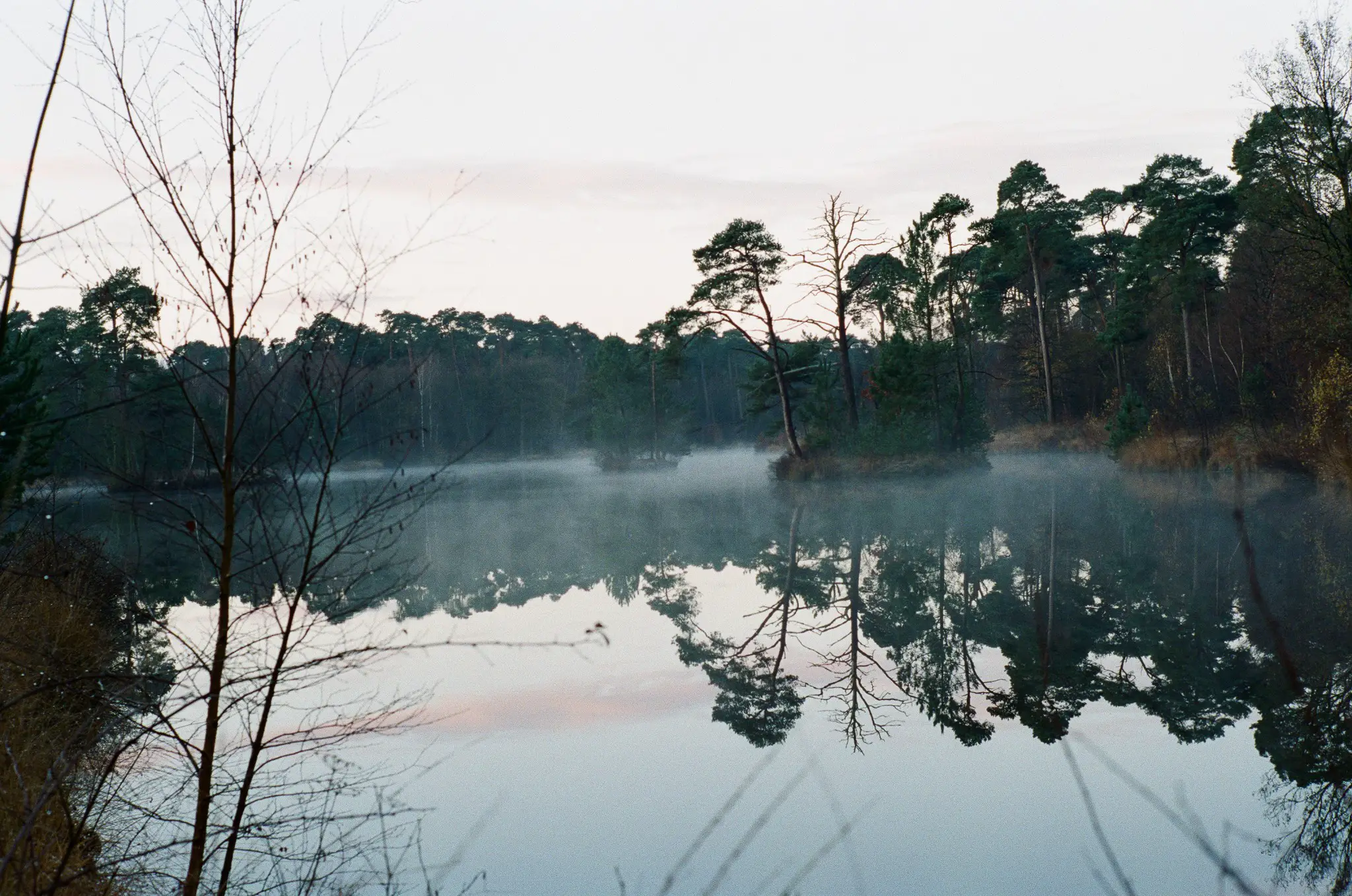
I miss the blues in the sky. Maybe the light was difficult, as the sun was not up yet, so it was a bit dark. For my next shot I used a tripod and a longer exposure (smaller aperture), but the same color (although you can see the sun gets higher as the sunlight hits the trees):
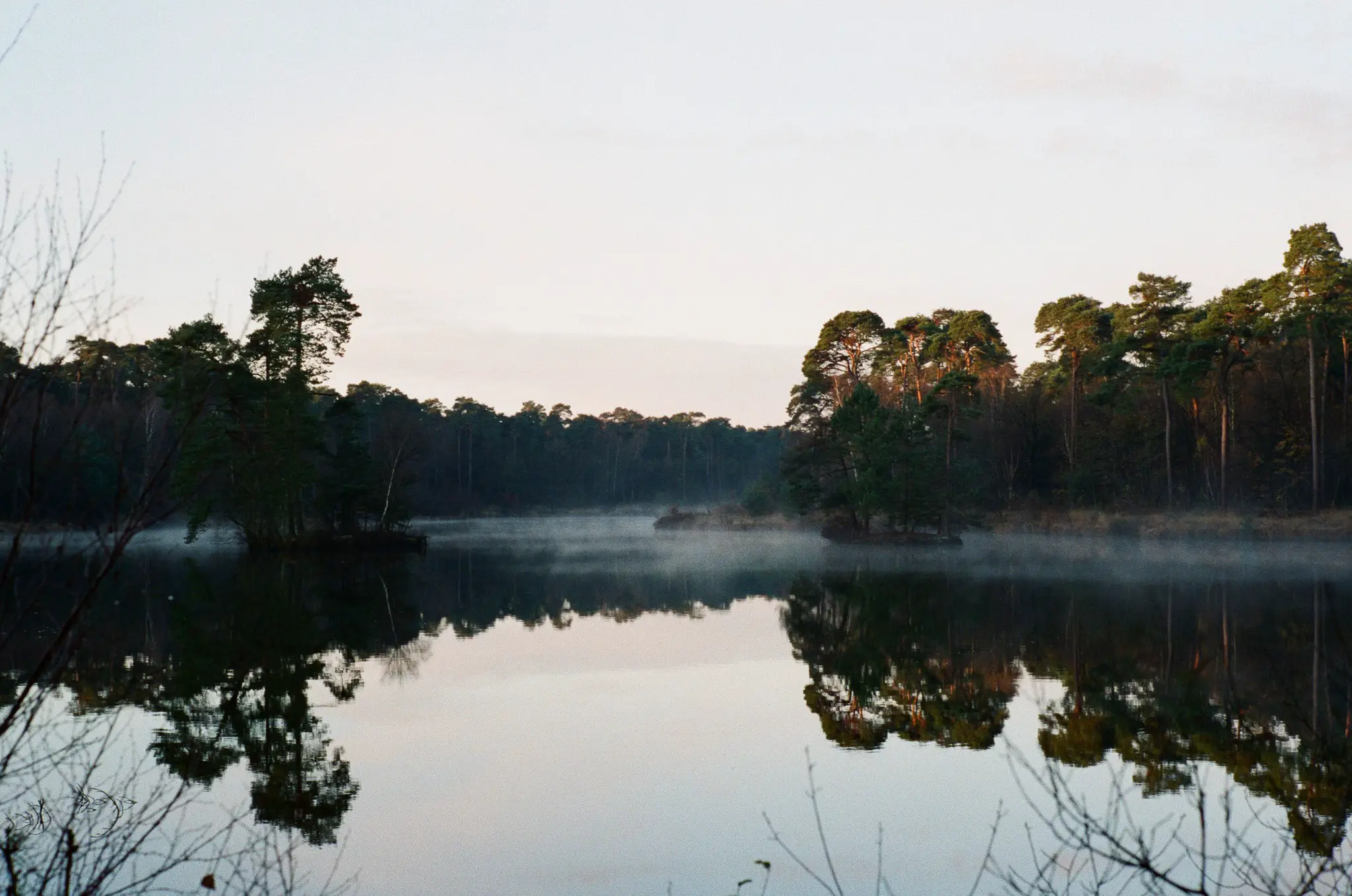
On my next outing with the M2 it was raining, not the best light again. But I was determined to go out and shoot something, so I took a small ‘walk-around-the-block’. This time I metered with my iPhone app, and focussed on metering for the sky. I think the skies turned out better this time, but now the scene itself is not very appealing to me (I believe the settings were around 1/60 sec at f/8):
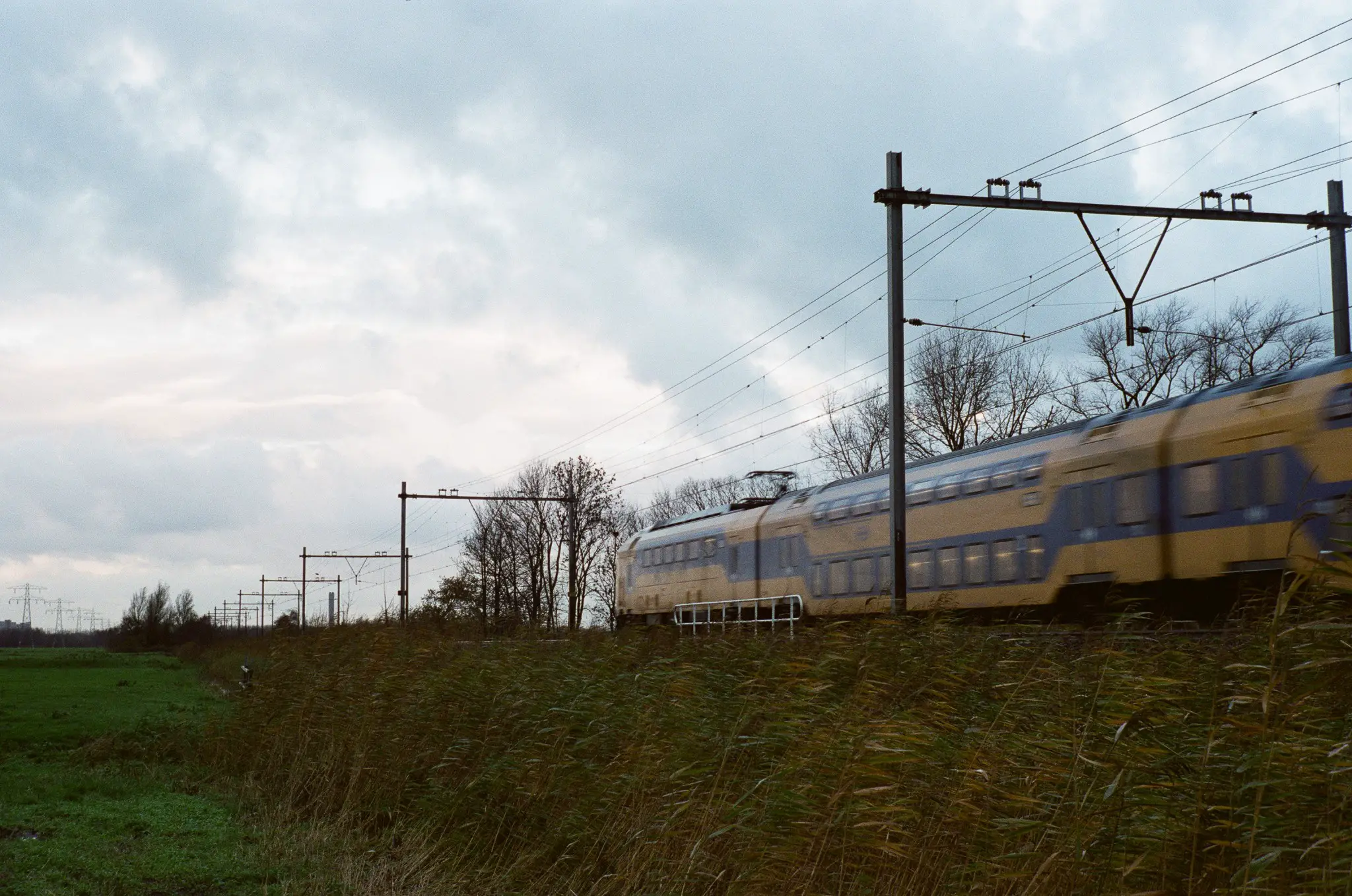
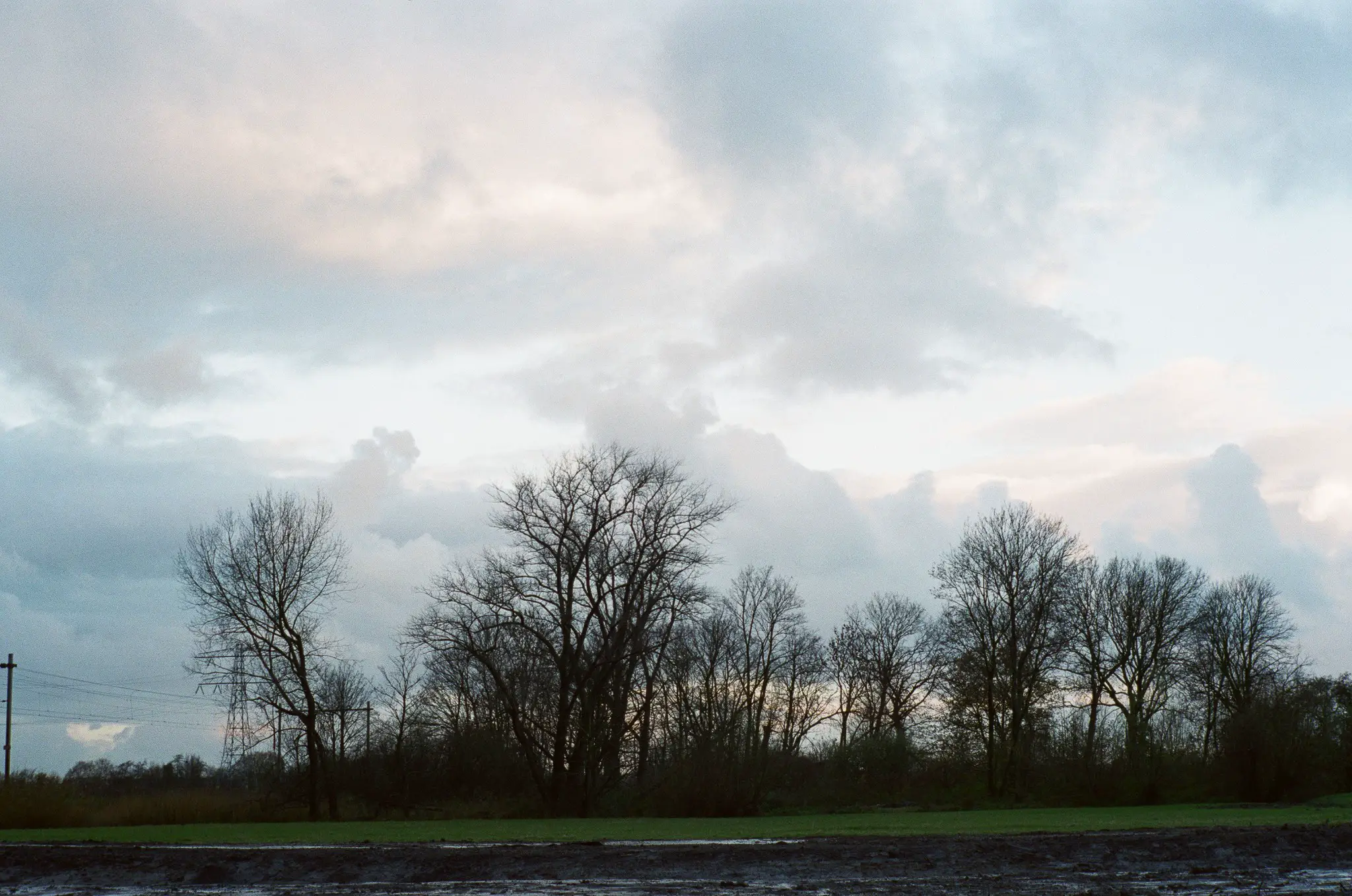
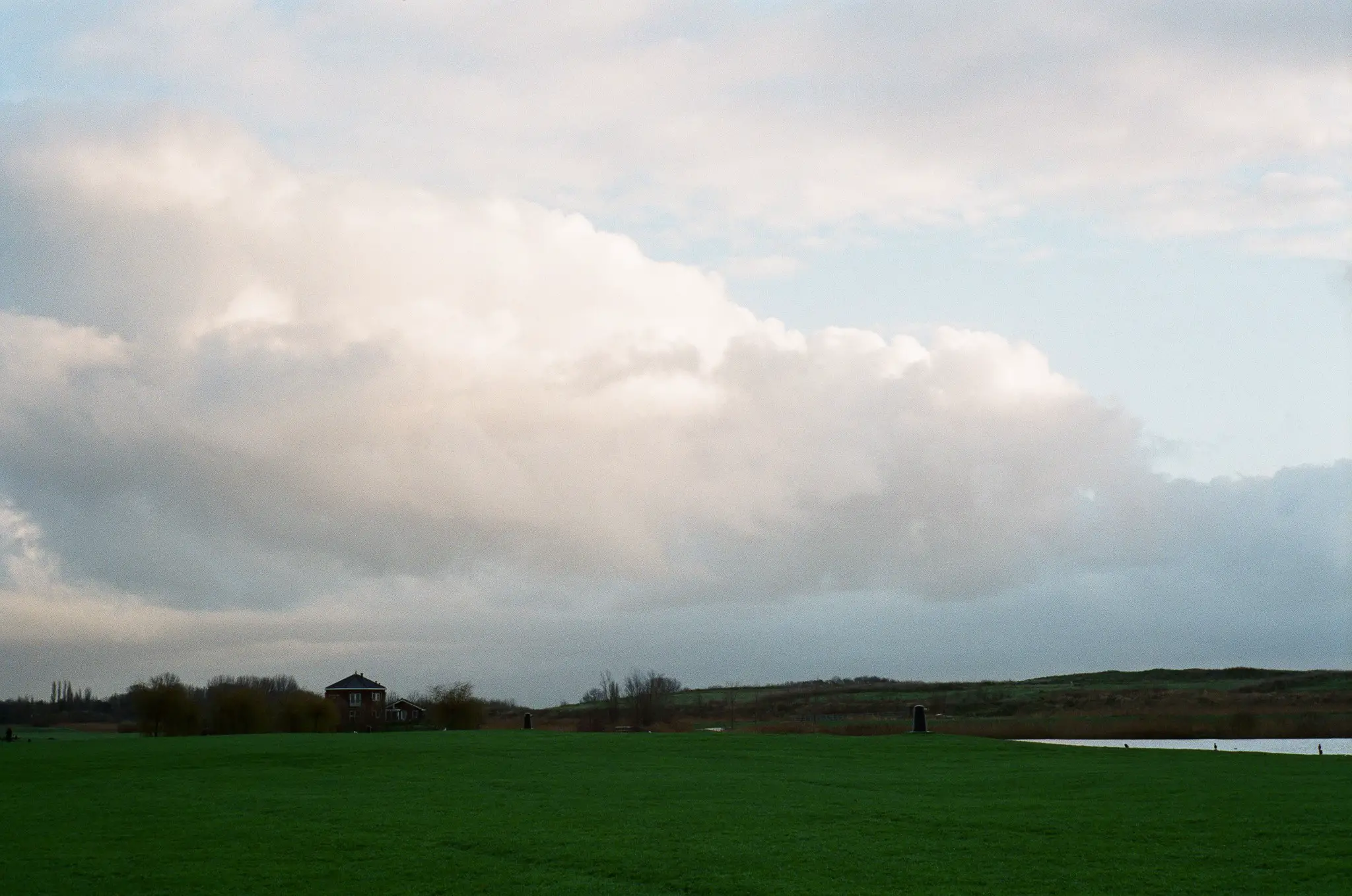
I think I had some bad luck with the weather since I got the M2. A lot of grey dull days. But one morning there was a nice sunrise, and this time the colours turned out great. Maybe I am just not an over-exposure kind of person?
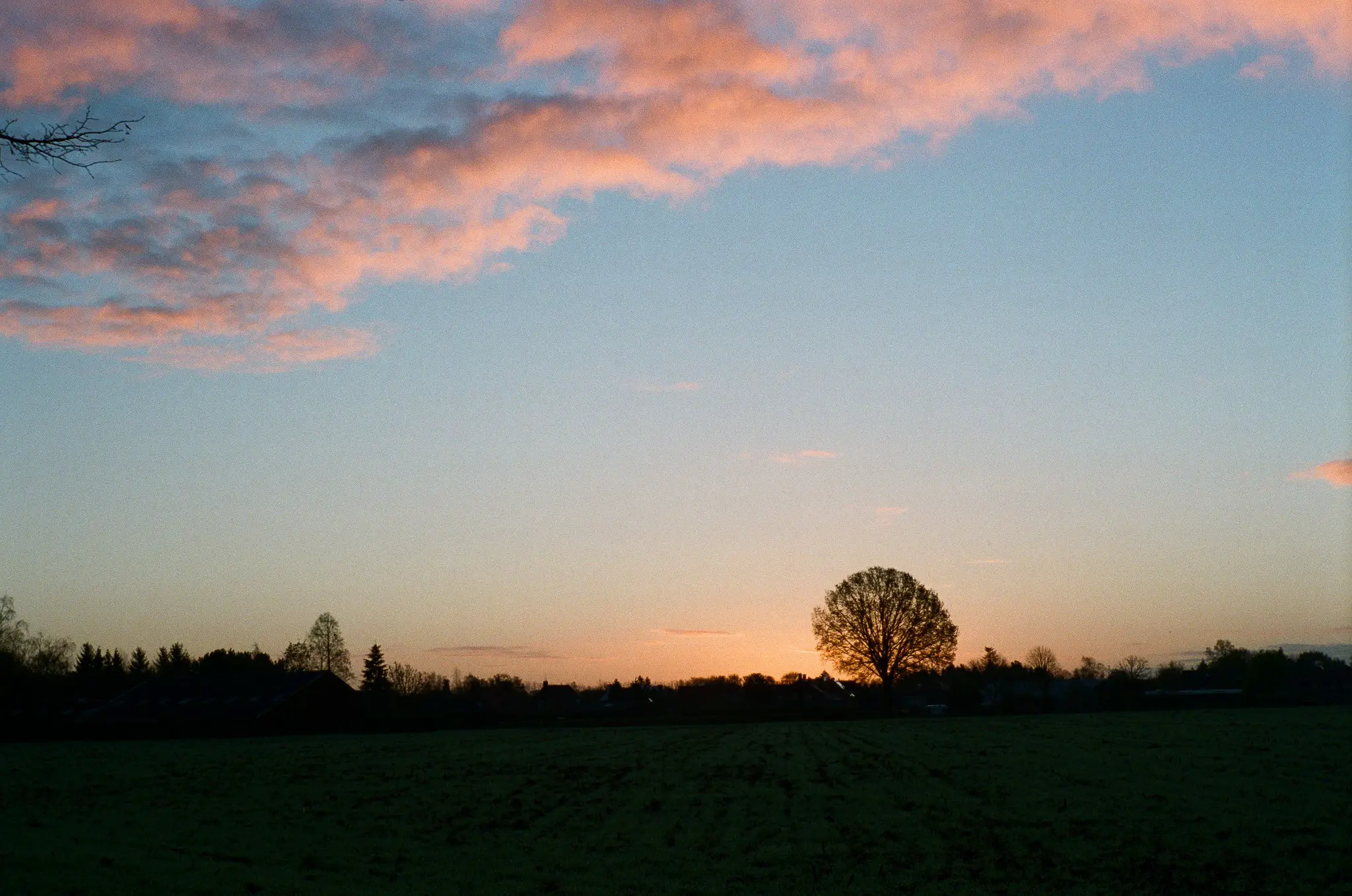
I also tried the modern Summicron 35mm ASPH lens on the M2. But again no luck with the weather. These next photos were taken close to home during a bike ride. I guess this time I tried a little bit of over-exposure again, but I am not sure it did the images any good. I think the result is a bit bland, but that might be just the weather?
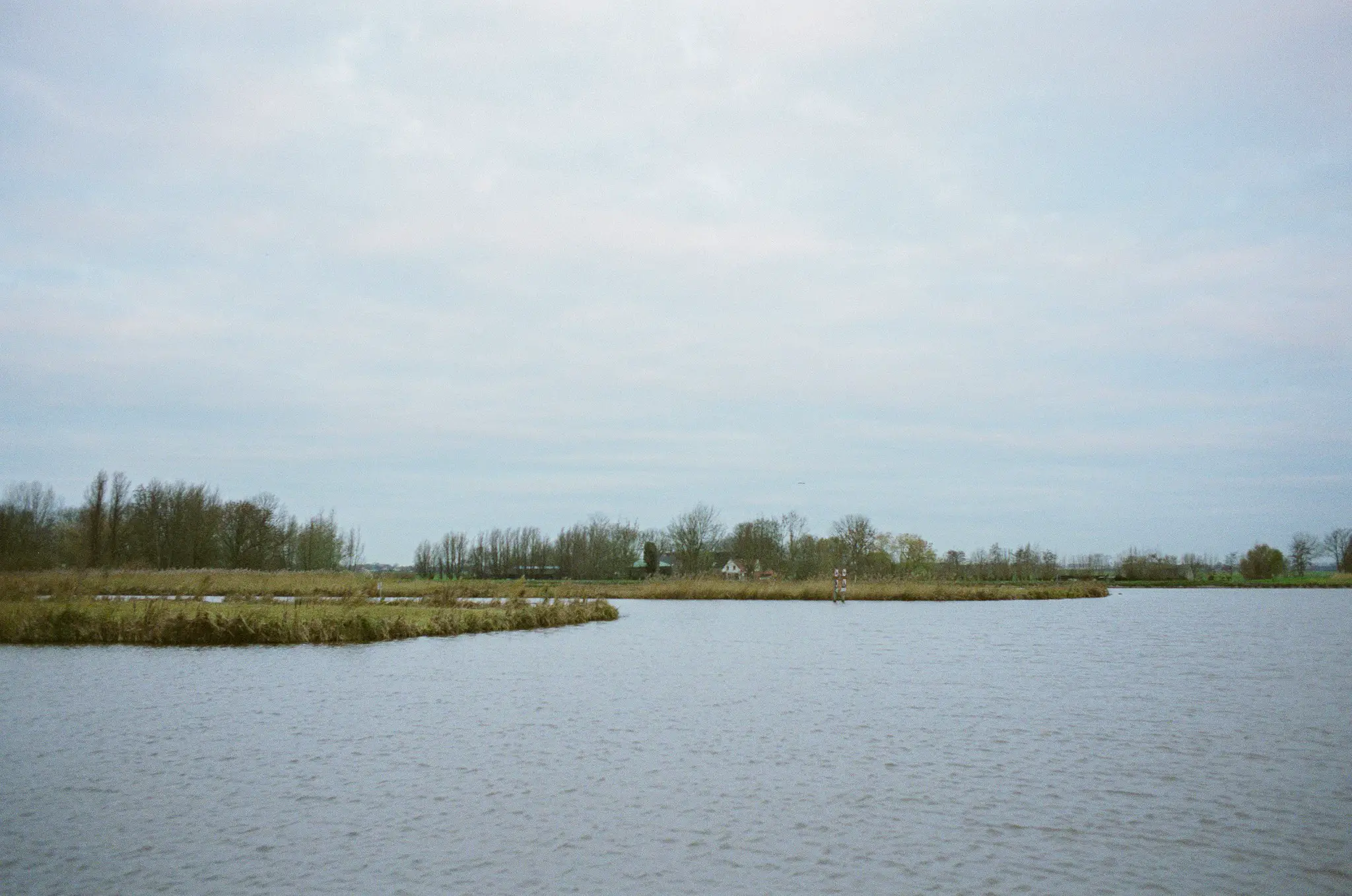
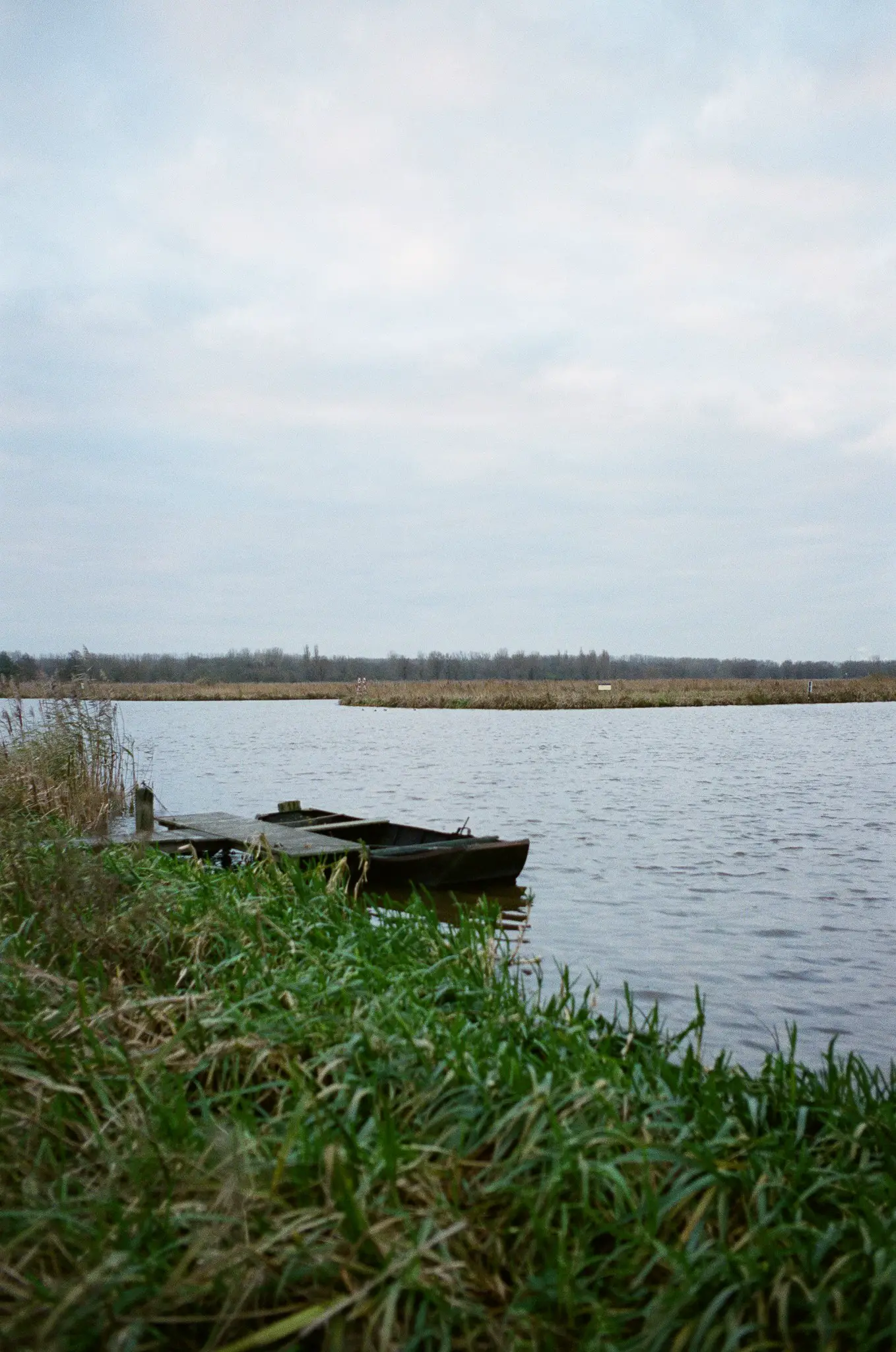
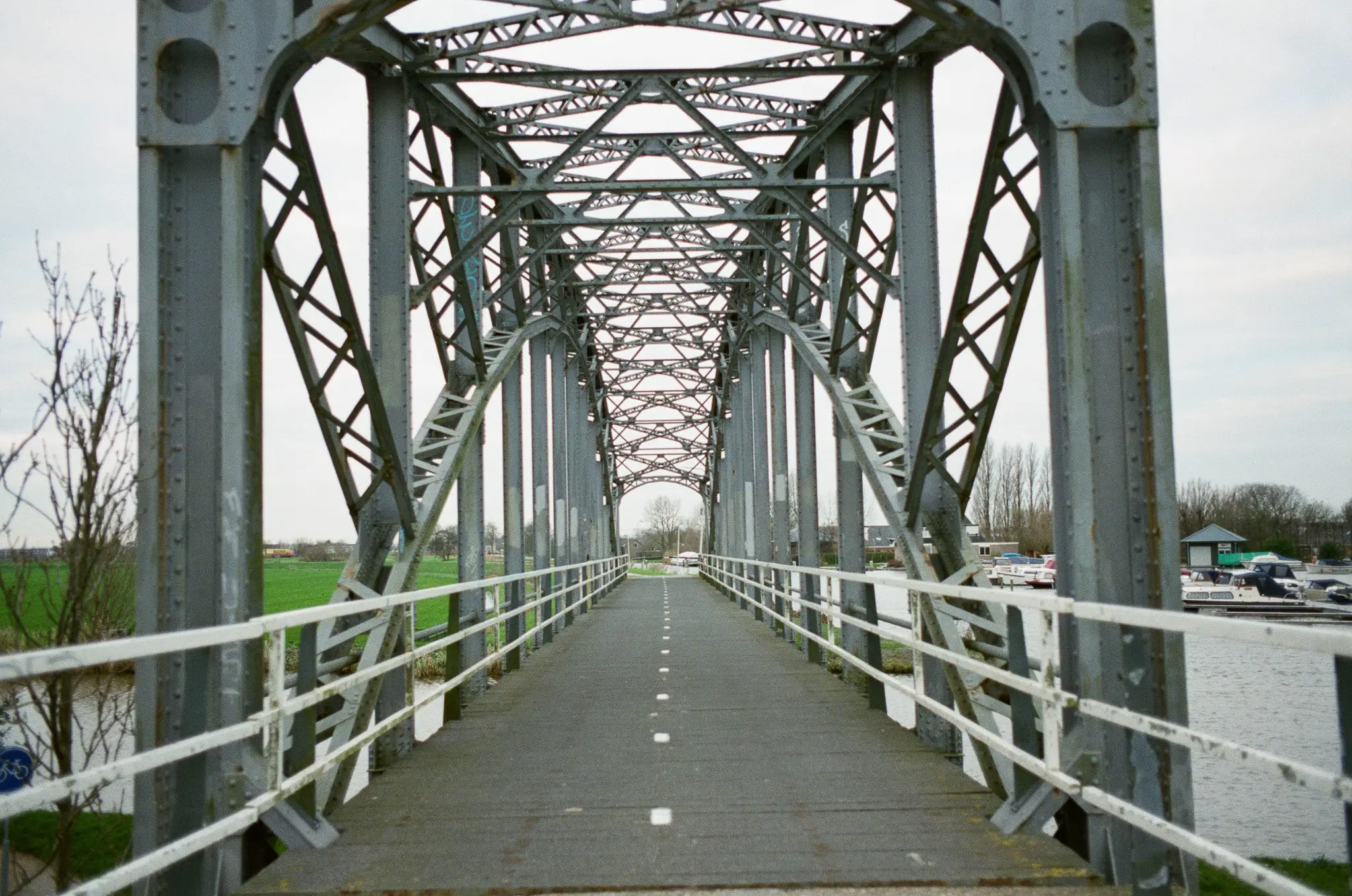
And then finally the day came when there was sun on my day off. So I drove to a nice forest/park, opted for the 50mm Summilux, and had some fun with the camera. I didn’t write down my settings. I guess I took a reading with the meter-app, but I started ‘guessing’ exposure values as I get too impatient for metering. What I see in the results is some photos with great saturated colours, specifically blue, and some with similar flat colours like my first two shots. I guess now I don’t know if it has to do with the exposure or with the angle with the sun, since I didn’t take any notes. Any thoughts on this are very welcome!
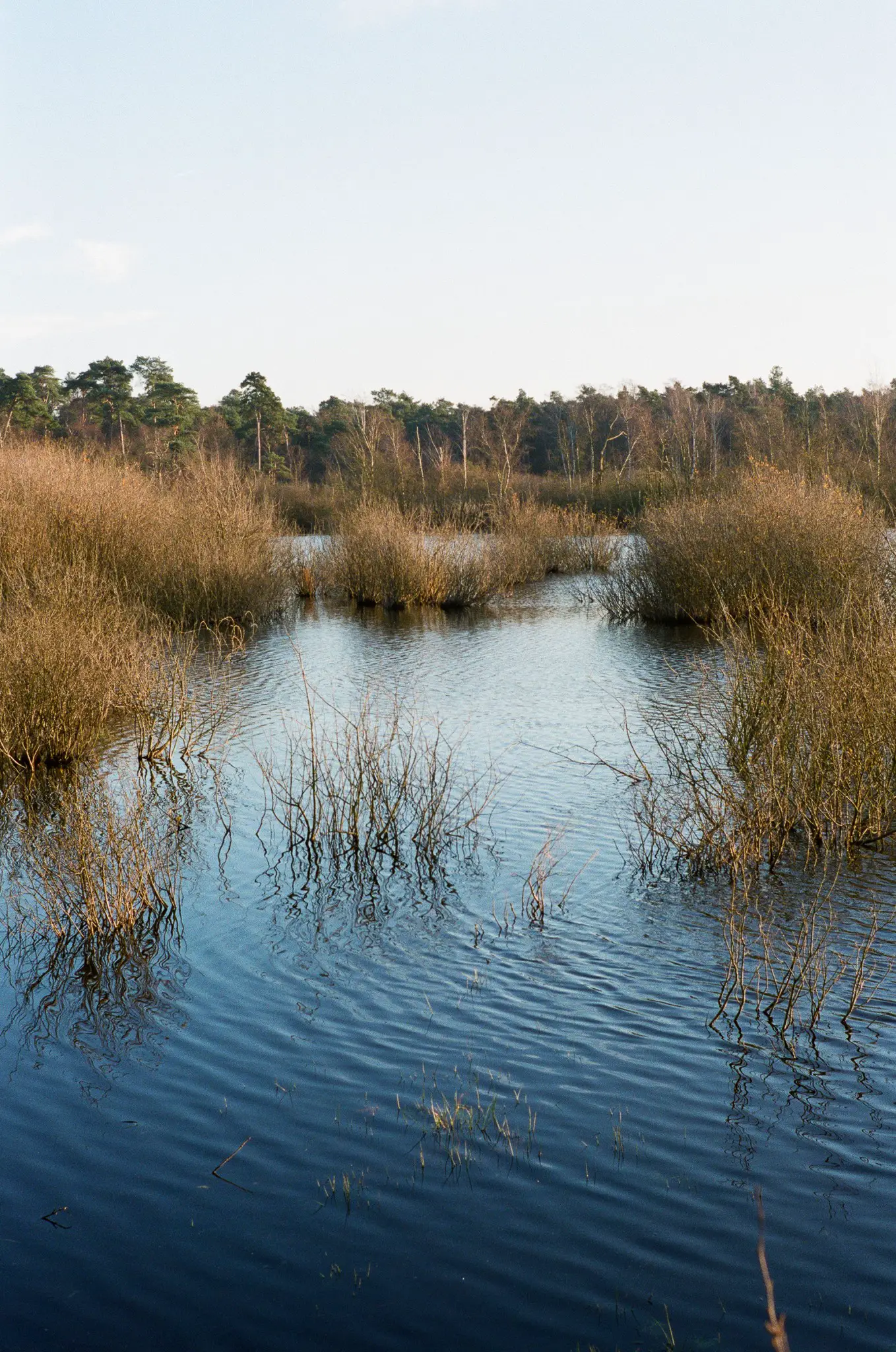
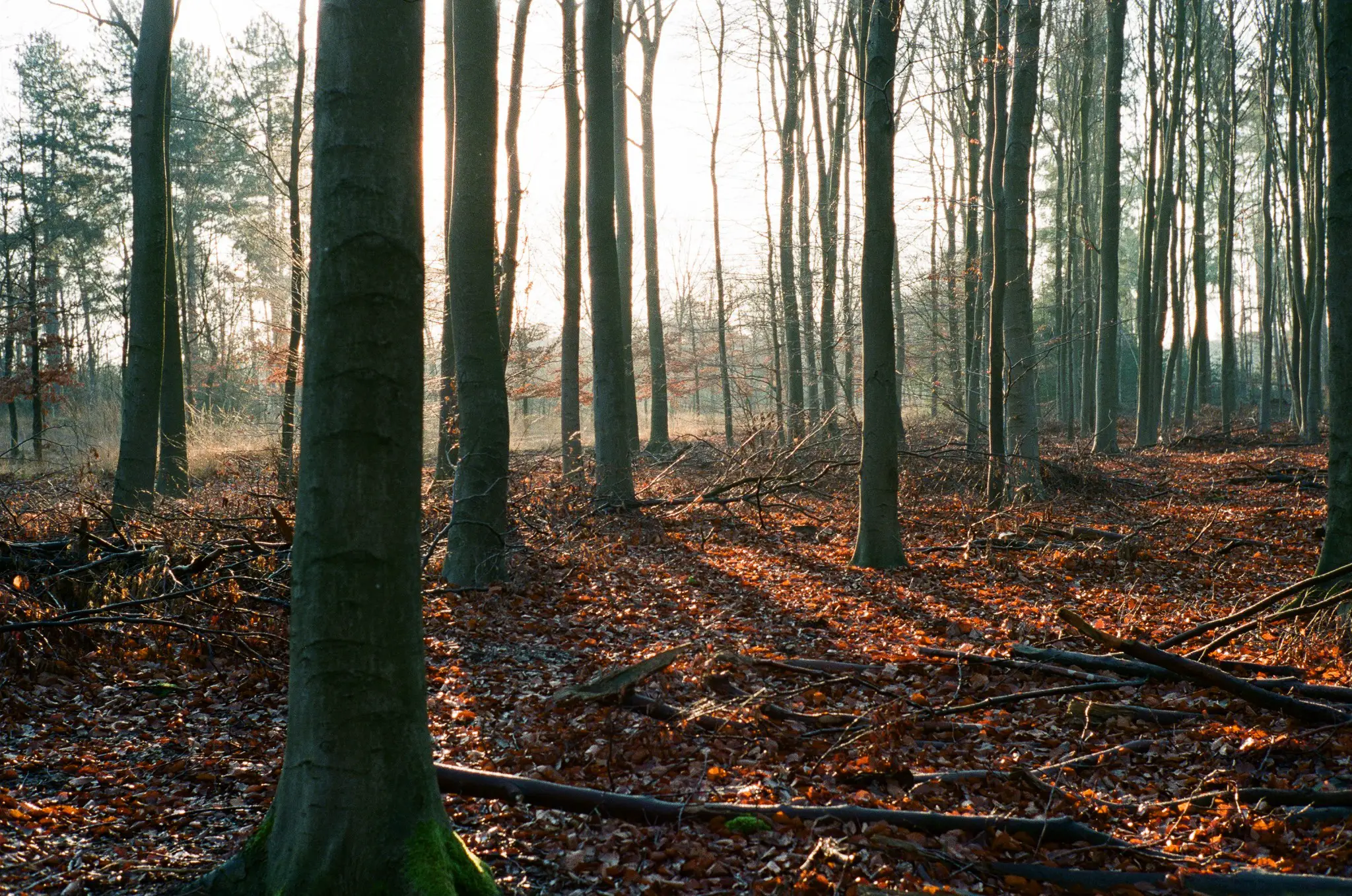
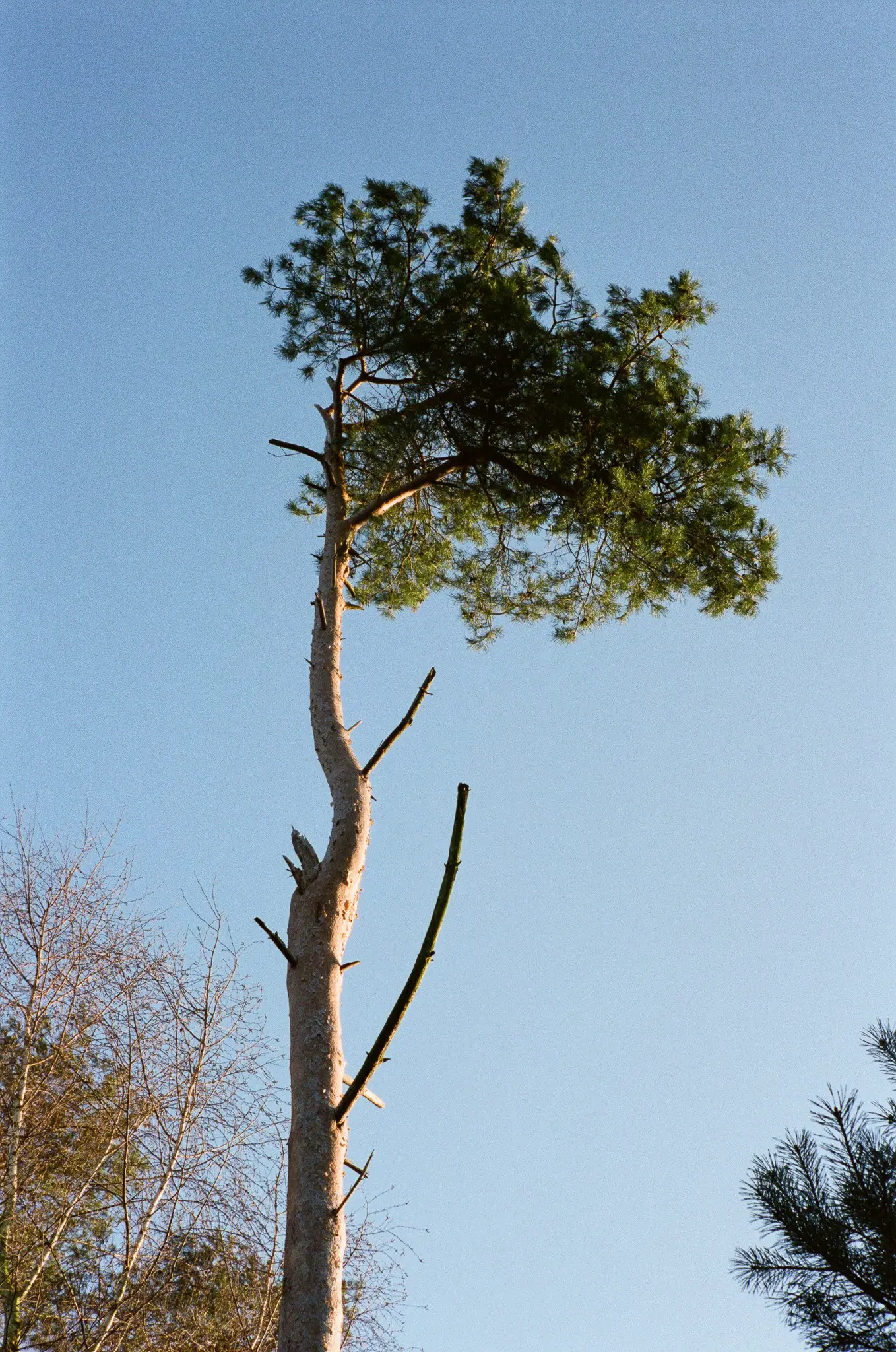
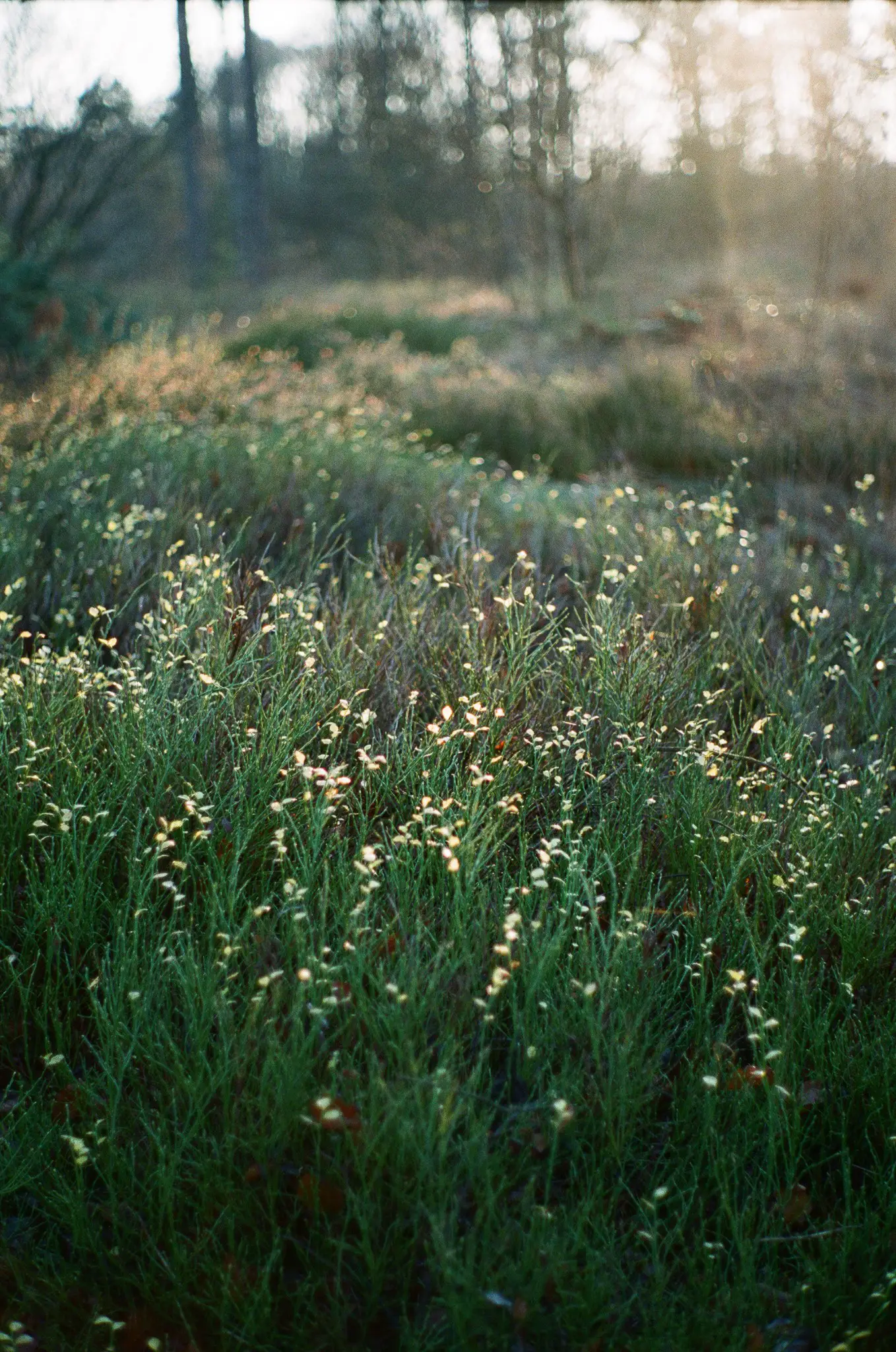
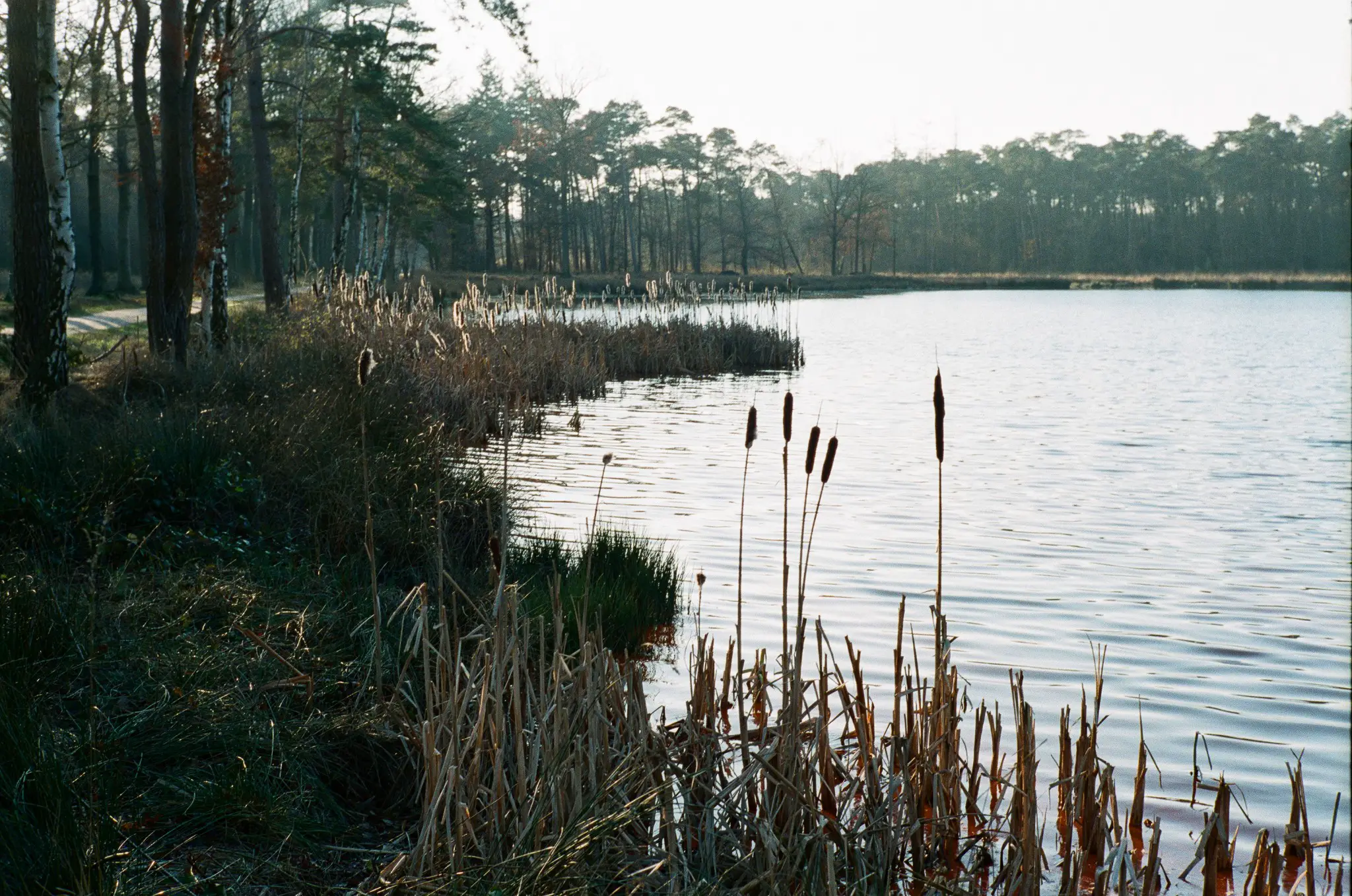
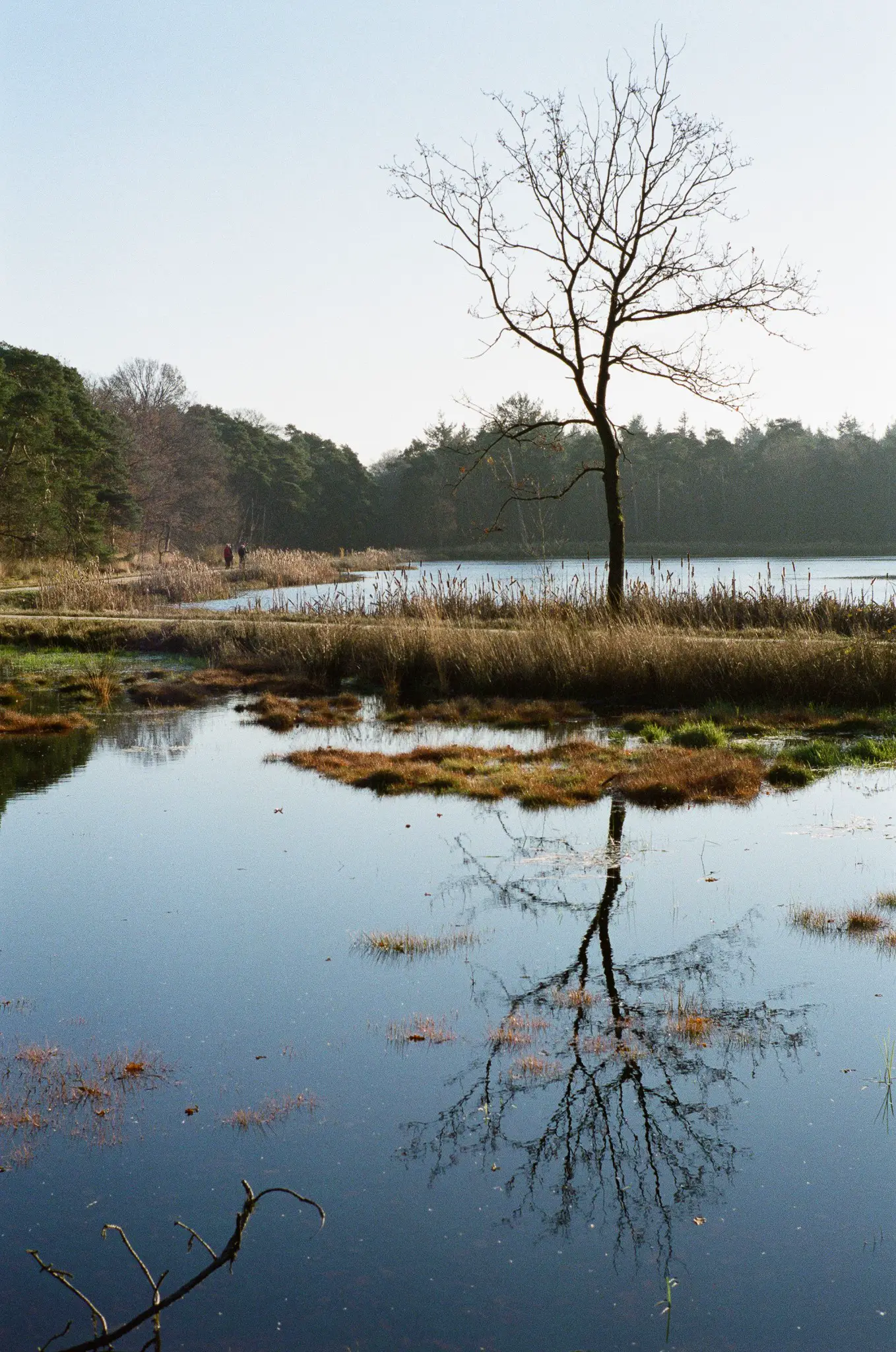
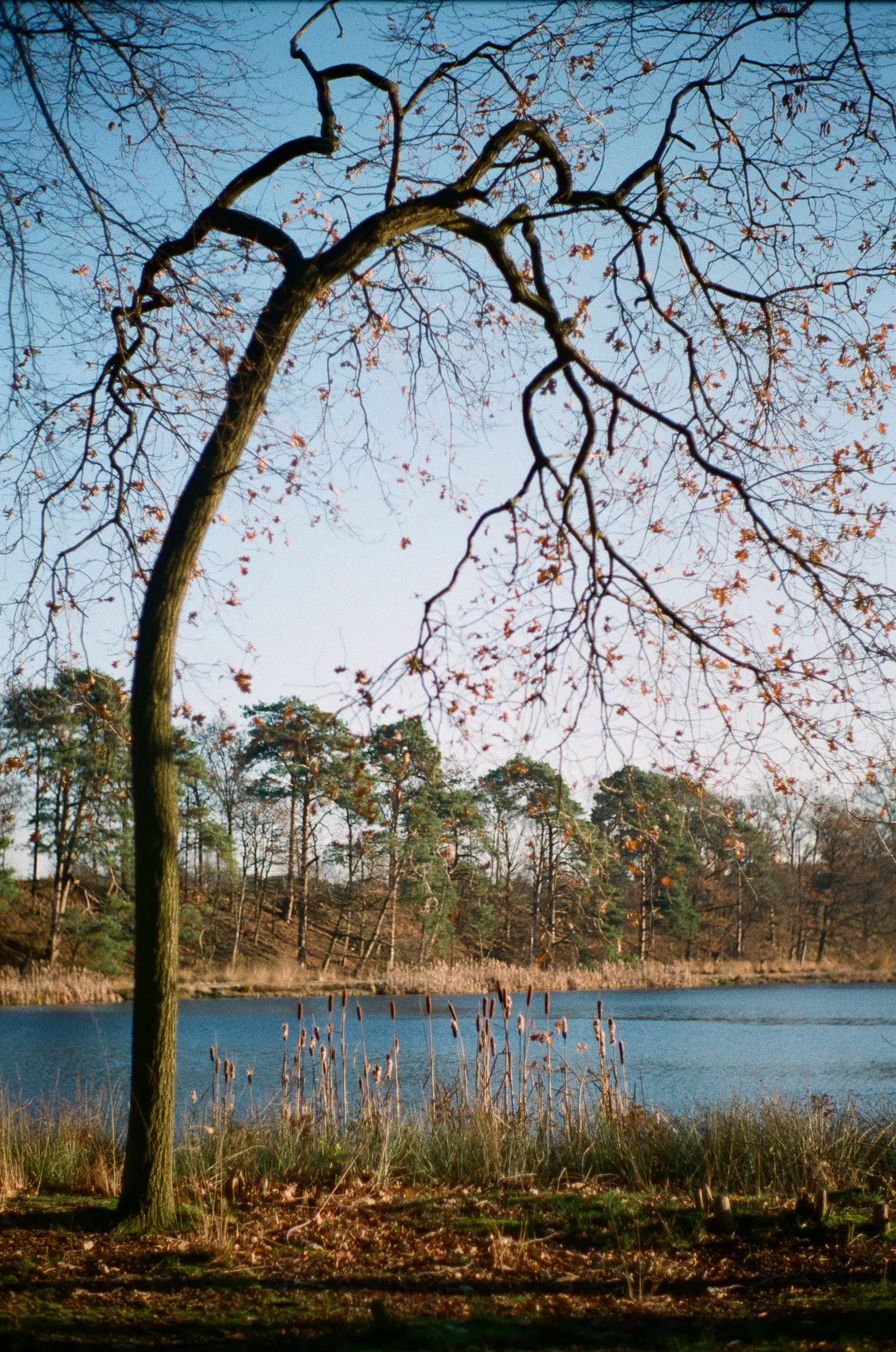
So, some mixed feelings. Maybe exposure is more critical with Fuji Pro 400H then with the Superia 200 that I used before. Maybe a great camera cannot compensate for the lack of great light. The M2 itself is great, it feels really familiar as I use the lenses that I already owned, and the viewfinder is large and clear. I notice that with the M2 I am more occupied with the film and the exposure, and less with the camera. To me that is a good thing!
One other thing that I want to mention, I chose the M2 based on the fact that I already own Leica lenses for my M240. But the down side is that I now have two camera’s for one lens. I often go exploring with both the M240 and a film camera. With the M2 I am swapping more lenses as I might want to use a lens on the other body. I guess that is a luxury problem? Maybe I should choose just one camera per outing, and focus on this one only for that morning?
Conclusion: still lots to learn (did I mention that I can get impatient?). Some mixed feelings, but some nice results to encourage me to move forward. I would love to hear your thoughts and get some feedback.
Thanks for reading, and Hamish thanks for having me!
If you are interested in my digital photos, you can find them on my blog: www.whataukjesees.com
Read Part 5 of my journey into film here.
Share this post:
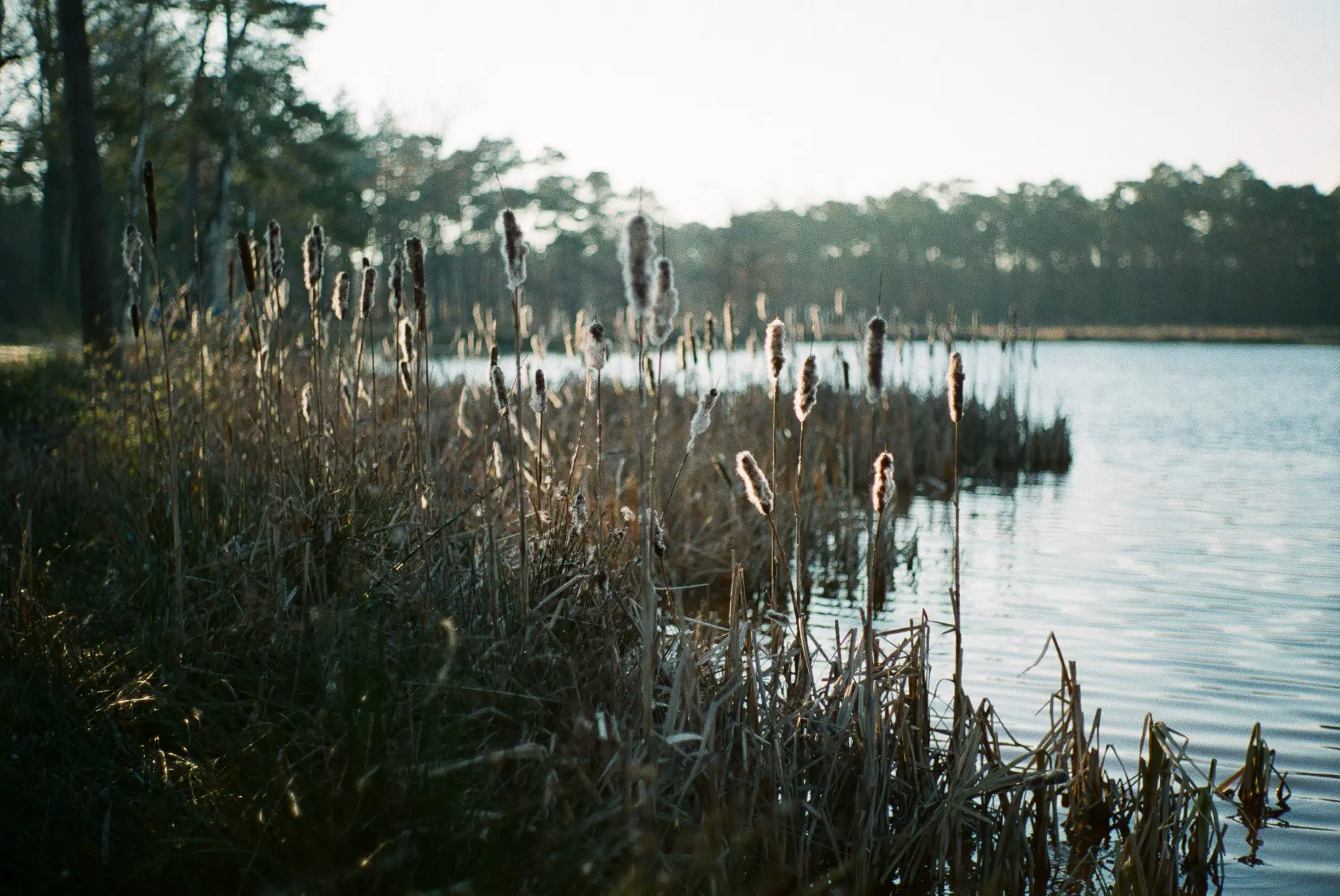








Comments
Hamish Gill on My First Roll With a Leica Film Camera – Guest Post by Aukje
Comment posted: 22/01/2016
I think you should try over exposing Portra 400. Compared to Fuji 400 where the colours get slightly more pastel, Portra when overexposed gets more vibrant - At least thats my experience!
You are right though, no camera can make up for poor light! You are so good at capturing the good light too!
I really enjoy your posts, you are most welcome to keep sharing them!!
Hamish
Comment posted: 22/01/2016
Ric Capucho on My First Roll With a Leica Film Camera – Guest Post by Aukje
Comment posted: 22/01/2016
I'm with Hamish: film choice and the light on the day are the biggest factors here. You already have all the film camera and glass you'll ever need.
I look forward to seeing your results in black and white... which is here film (usually) beats the pants of digital.
Ouch... now come the digital fan boys to beat me up. :-)
Ric
Comment posted: 22/01/2016
rjstep3 on My First Roll With a Leica Film Camera – Guest Post by Aukje
Comment posted: 22/01/2016
No photo can capture everything - the general rule is to meter for the highlights when shooting slide film, and to meter for the lowlights when shooting negative film. With negative film you rely on the massive latitude of the film to get the skies relatively normal, whereas with slide you need to be careful of contrasty shots. Having said which, the glorious saturated colours you get with slide film more than compensate for any (perceived) disadvantage in terms of latitude.
Comment posted: 22/01/2016
Comment posted: 22/01/2016
Comment posted: 22/01/2016
KJ Vogelius on My First Roll With a Leica Film Camera – Guest Post by Aukje
Comment posted: 22/01/2016
I find your posts extra interesting since I'm on a similar journey myself, shooting more and more with film after about 7 years of almost exclusively digital. I'm shooting an M4-P now (partially I nspired by Hamish's review of it) & really enjoying it. You can read a bit about it on my site, if you're interested.
There's a lot to learn though. One thing I'm trying to learn now is to tell how well exposed my negs are. Looking at the density of them, and comparing to which scanned frames I like the look of best. I guess that this could be something for you to try as well?
Comment posted: 22/01/2016
Comment posted: 22/01/2016
Comment posted: 22/01/2016
Comment posted: 22/01/2016
Comment posted: 22/01/2016
Comment posted: 22/01/2016
Jason on My First Roll With a Leica Film Camera – Guest Post by Aukje
Comment posted: 22/01/2016
Firstly any scan you get back from a lab is just an interpretation of the person scanning it and the machine scanning the negative.
I went through many rolls of being disappointed with what I got back only to realise later when I bought my own second-hand Fuji Frontier last year that the negatives were in fact great but the person scanning them interpreted them in a way I didn't like or they were just set to automatic, which is the worst outcome as each film and lens requires different tweaking.
My Type IV Cron is very obviously a different colour on film than my Contax T3 with a Zeiss lens - the Cron is yellow on first scan and the Zeiss is very cool so when I do my first preview scans I know what the lens is and then I have to manually compensate for that by bringing down Yellow and Cyan on the Fuji scanner.
The Fuji Frontier or Noritsu scanners can literally give you the same negative in a 1000 different looks and styles. It can dull the highlights, bring out the highlights, blow out the highlights, darken the shadows to black, brighten the shadows to almost a HDR look, turn blue from yellowly blue to pinky blue to greeny blue and on and on it goes. It is amazing the crap I used to get back from labs that I have scanned properly now that I own my own machine and can see EXACTLY what I have to work with.
Having said all that, film requires good light. Dull light like the shot of the train and the two below it are going to be hard to fix.
As Hamish says Portra may be what you're after in terms of look. I use Portra 400 exclusively as it is so versatile and is made for scanning.
I always shoot it at ISO 100 (eg set the camera to 100 rather than 400) and shoot it like that all day long.
If I get in to a situation where ISO 100 is too slow I know I have two stops to play with and I ignore the meter and change the SS or aperture accordingly so as not to miss a shot. Since changing to this setup I have been getting much better results.
My family and friends wonder why I shoot film but it has helped so much with my photography as you have to think about the light and all the parts that it takes to get that on to film - aperture, shutter speed and film speed. On digital with the ability to shoot at 1600 or 3200 ISO, you tend to take photos in bad light because you can but in the end you would get better shots at 400 ISO and a good flash.
Anyway hope that helps - look at your negs closely, learn to hold them up to the light and see if the exposure you got was actually ok in the first place. Even buy a loupe and check them out that way too. I even shot a few rolls of slide film (Fuji Velvia 50) to see what I was doing was correct.
Comment posted: 22/01/2016
Comment posted: 22/01/2016
Erik Lim on My First Roll With a Leica Film Camera – Guest Post by Aukje
Comment posted: 23/01/2016
Comment posted: 23/01/2016
Tony on My First Roll With a Leica Film Camera – Guest Post by Aukje
Comment posted: 23/01/2016
Tony
Comment posted: 23/01/2016
Ryan Neilan on My First Roll With a Leica Film Camera – Guest Post by Aukje
Comment posted: 23/01/2016
All the landscape shots you see these days are bursting with vibrant colors and over saturation. These muted tones are beautiful and haunting.
A very slight vignette would be nice too but be careful with it.
Just a little contrast boost would take them next level I think.
You definately have a nice eye.
Comment posted: 23/01/2016
Film 4 5decades on My First Roll With a Leica Film Camera – Guest Post by Aukje
Comment posted: 23/01/2016
Far too much internet BS from hipsters on use of film - go to a charity (thrift) shop or flea market and seek out some texts written during the last 100 years or so by experienced users. Most of the answers sought here will be found in their pages.
Why attempt to 're-discover' that which is already known and recorded?
Comment posted: 23/01/2016
Comment posted: 23/01/2016
Comment posted: 23/01/2016
Comment posted: 23/01/2016
Comment posted: 23/01/2016
Comment posted: 23/01/2016
Comment posted: 23/01/2016
Comment posted: 23/01/2016
Comment posted: 23/01/2016
Comment posted: 23/01/2016
Comment posted: 23/01/2016
Comment posted: 23/01/2016
Daniel on My First Roll With a Leica Film Camera – Guest Post by Aukje
Comment posted: 23/01/2016
Comment posted: 23/01/2016
Hamish Gill on My First Roll With a Leica Film Camera – Guest Post by Aukje
Comment posted: 23/01/2016
Comment posted: 23/01/2016
Matthew on My First Roll With a Leica Film Camera – Guest Post by Aukje
Comment posted: 23/01/2016
Comment posted: 23/01/2016
Rob on My First Roll With a Leica Film Camera – Guest Post by Aukje
Comment posted: 23/01/2016
Comment posted: 23/01/2016
joby on My First Roll With a Leica Film Camera – Guest Post by Aukje
Comment posted: 25/01/2016
My First Roll(s) With A Leica Film Camera - Part 2 - Guest Post by Aukje - 35mmc on My First Roll With a Leica Film Camera – Guest Post by Aukje
Comment posted: 04/02/2016
John Lockwood on My First Roll With a Leica Film Camera – Guest Post by Aukje
Comment posted: 27/08/2016
Not sure if it was mentioned above, or in subsequent articles, but the rendering of the sky is an issue readily resolved with a graduated neutral-density filter. They are a bit of a challenge to use with a rangefinder, but still quite helpful for holding back exposure in the sky. You could easily use one with your M240 in Live View. This is how us old-timers had to do it before digital :-)